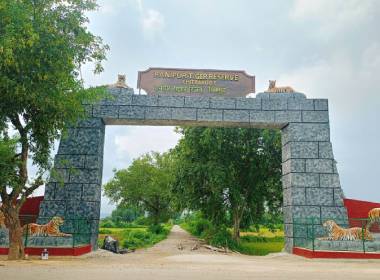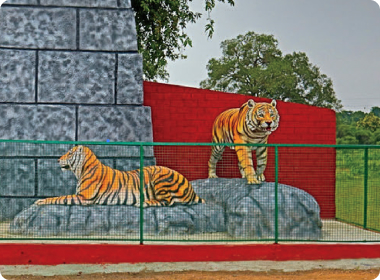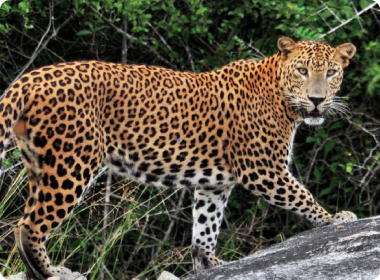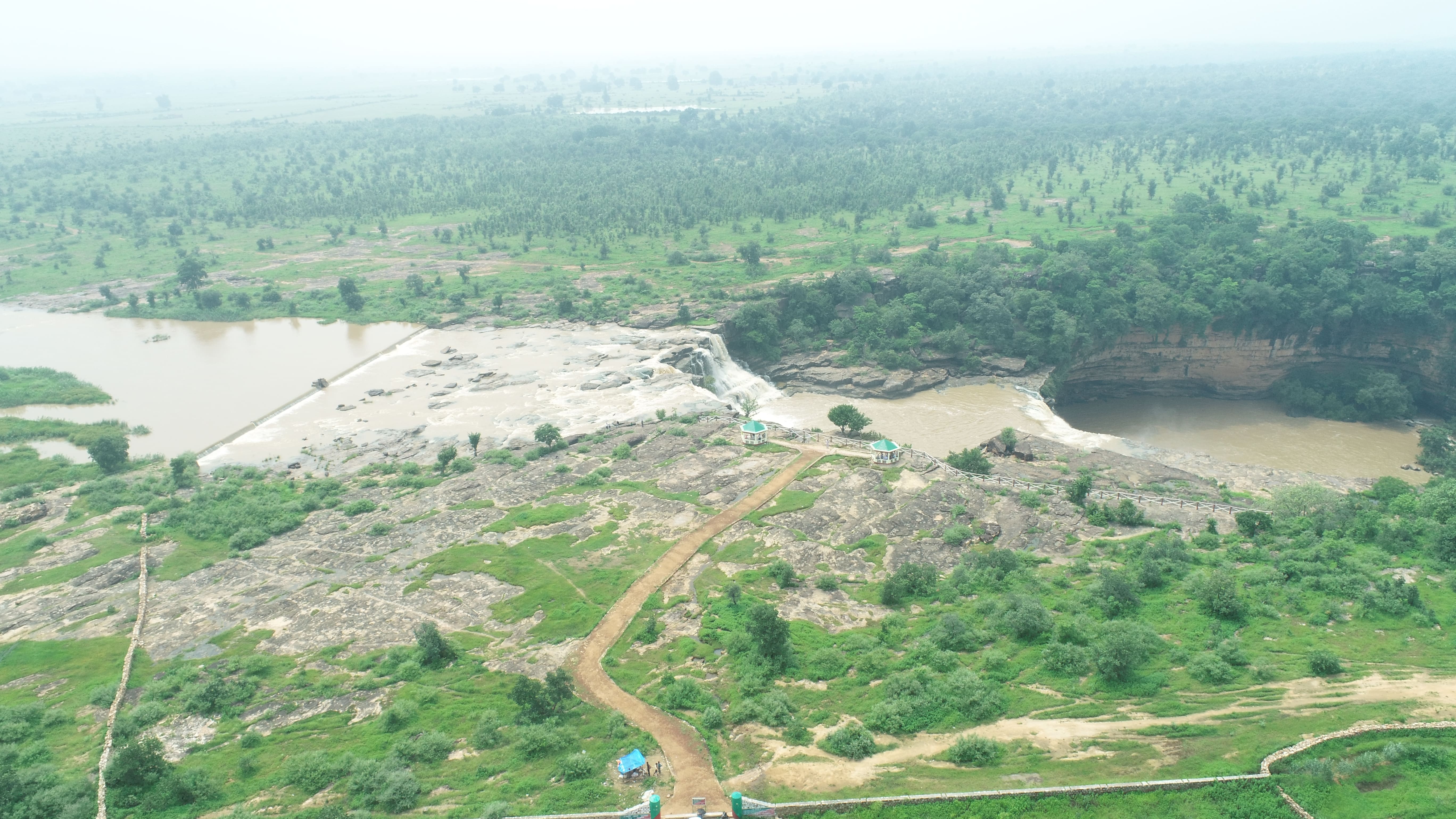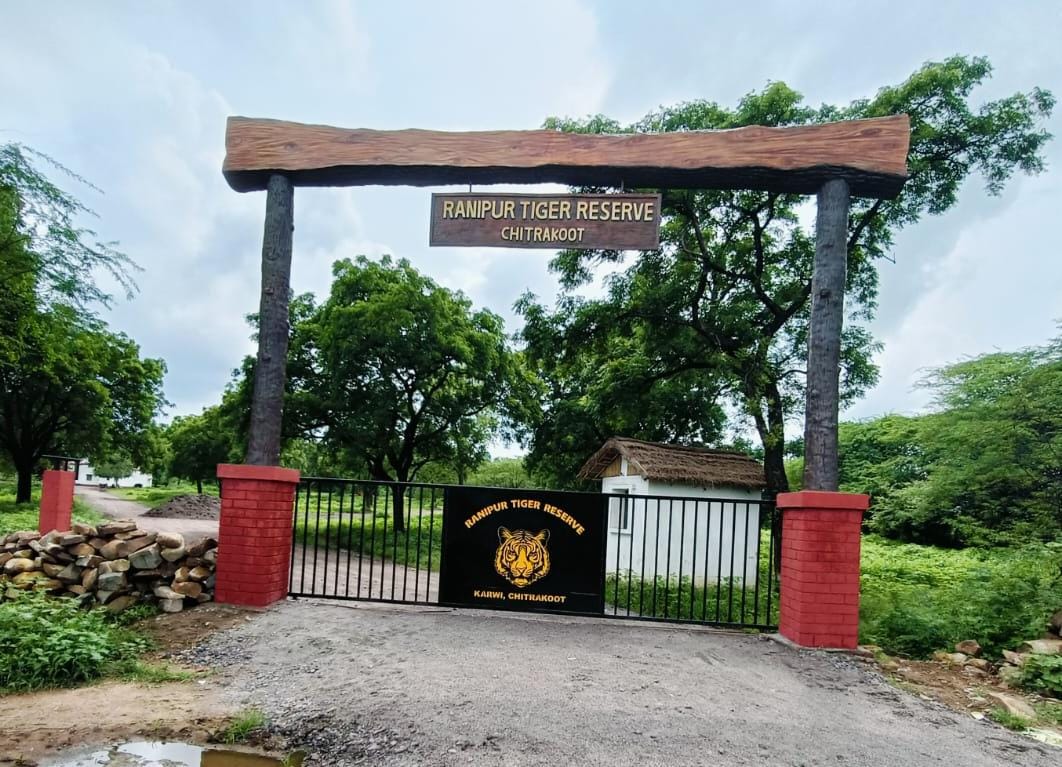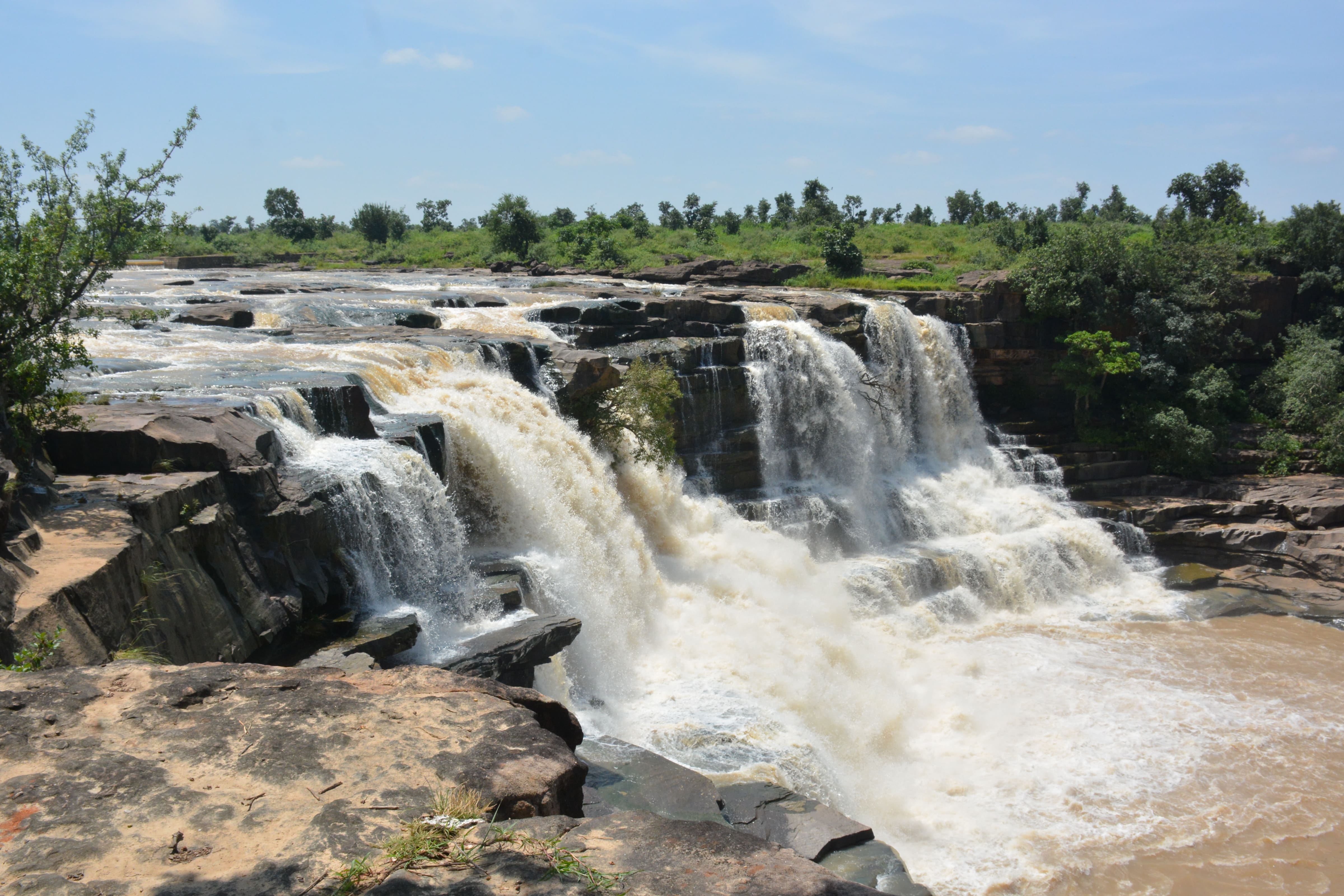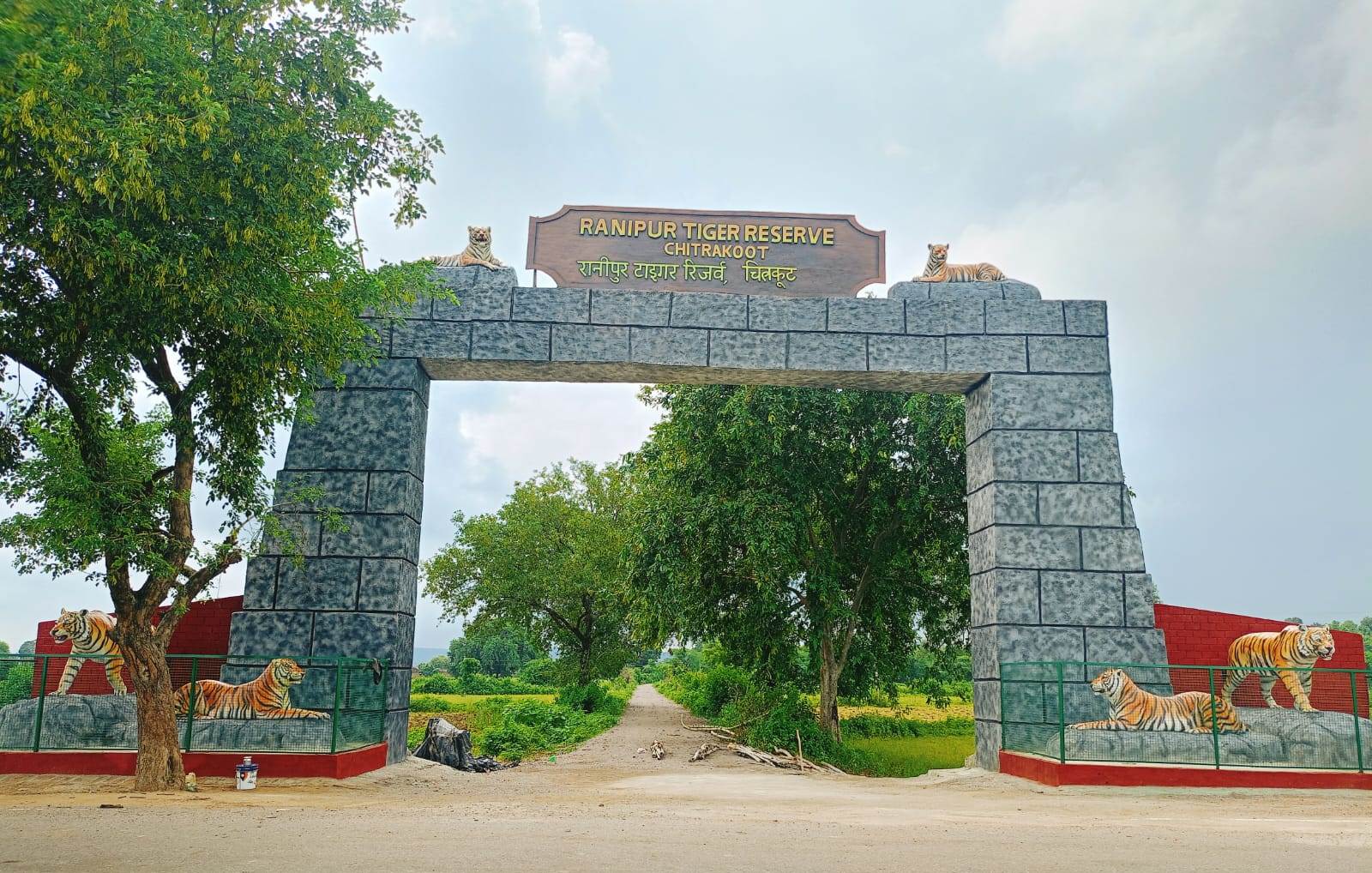Ranipur Tiger Reserve, nestled in the Vindhya hills of southern Uttar Pradesh, is a rich tapestry of history, culture, and nature. At its heart lies the mystical Bedakh forest, an ancient, untouched woodland linked to the epic tales of the Ramayana, one of India’s most revered scriptures. The very name 'Bedakh' evokes the image of a pristine forest, reminiscent of the landscapes where Lord Ram, Sita, and Lakshman took refuge during their exile. Today, the Bedakh forest not only shelters wildlife such as tigers and leopards but also stands as a living testament to India's deeply rooted heritage. These sacred woods, once walked by Lord Ram, still preserve the rich biodiversity of the region through their hills, rivers, and trees. This unique confluence of myth, history, and conservation makes Ranipur Tiger Reserve a place where India's past seamlessly blends with its present natural landscape, symbolizing both cultural and ecological preservation.
Contact
- RANIPUR TIGER RESERVE, CHITRAKOOT, UTTAR PRADESH , 210205
- +91 78394 35142
- dfochitrakoot1@gmail.com
© 2025. All rights reserved by Ranipur Tiger Reserve





